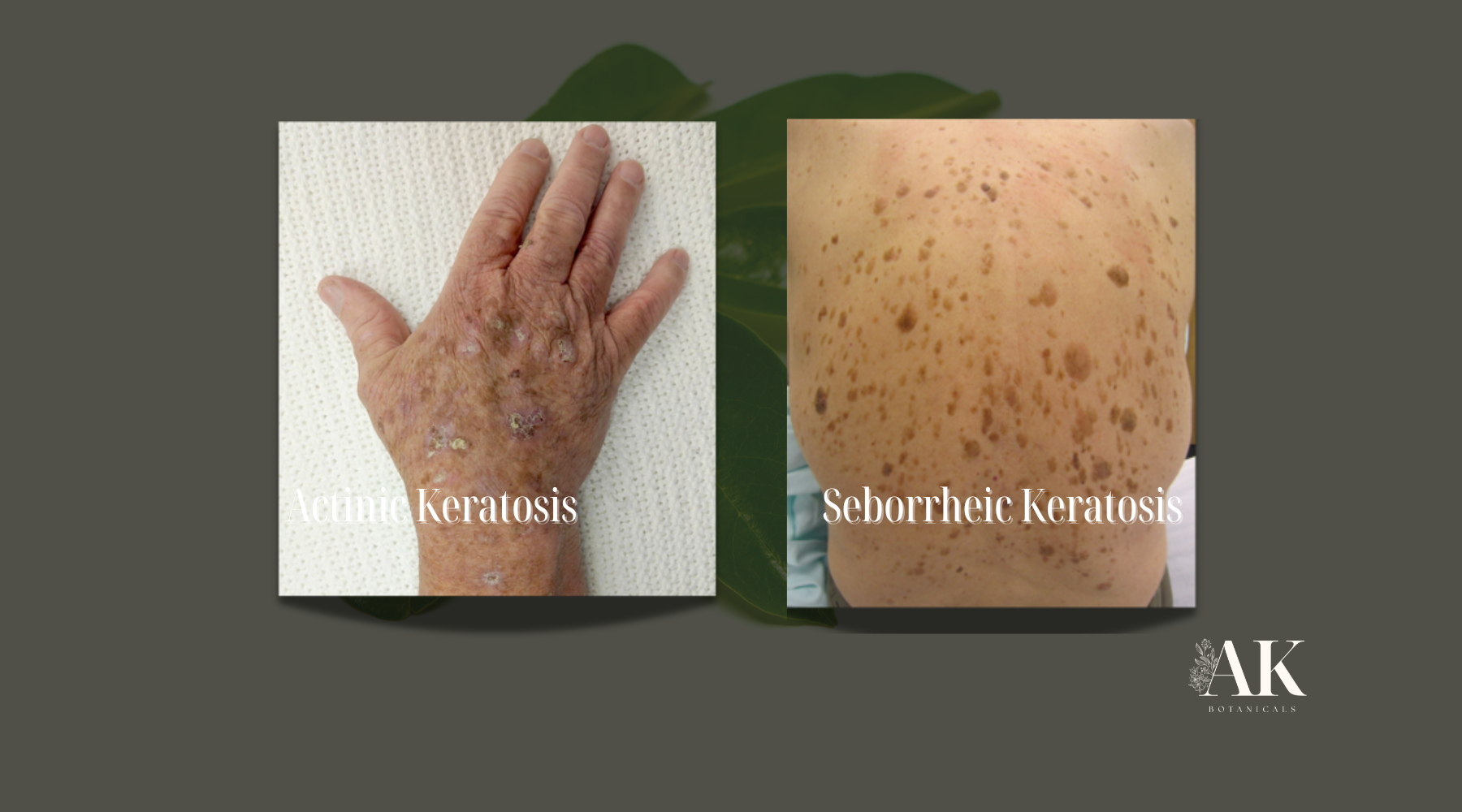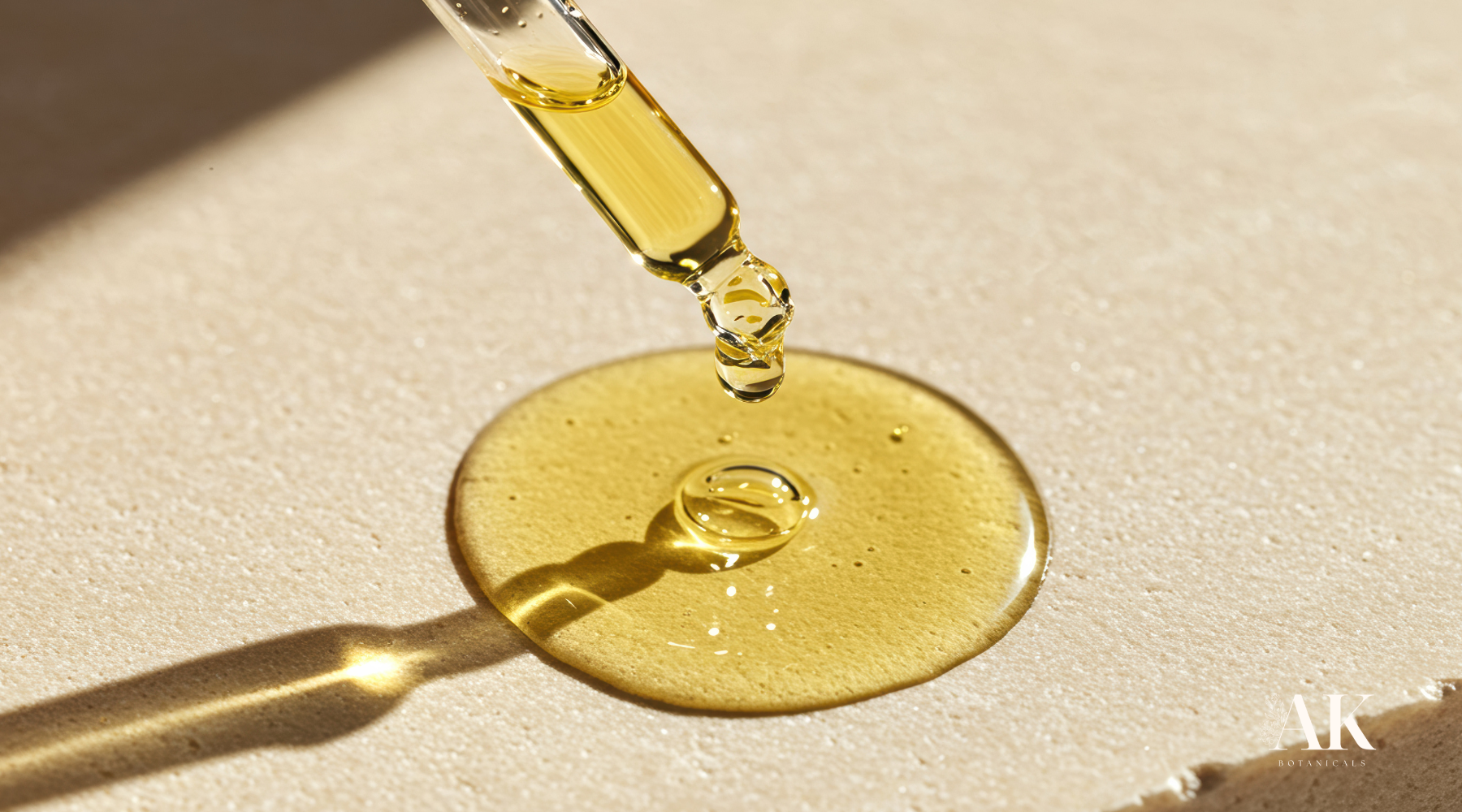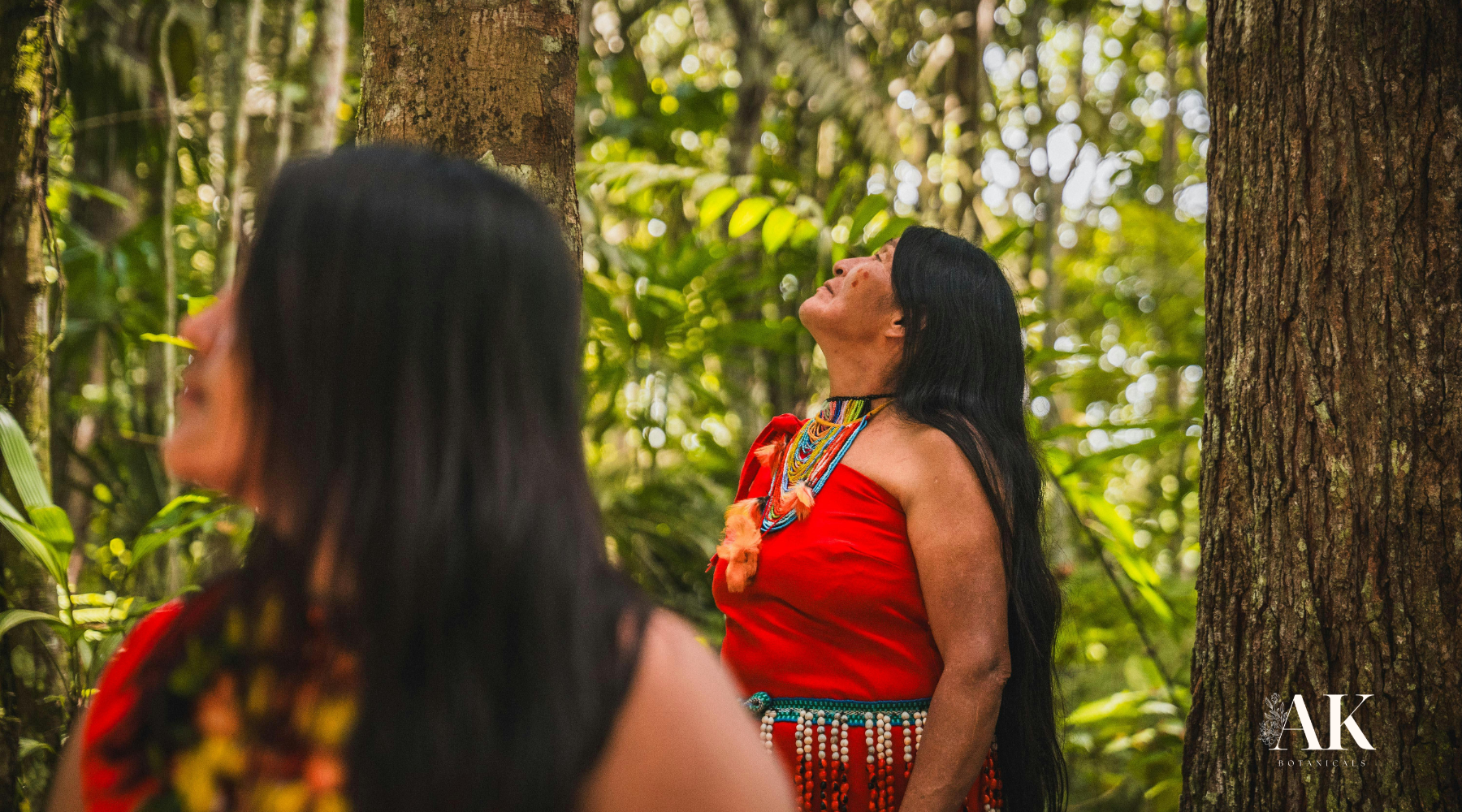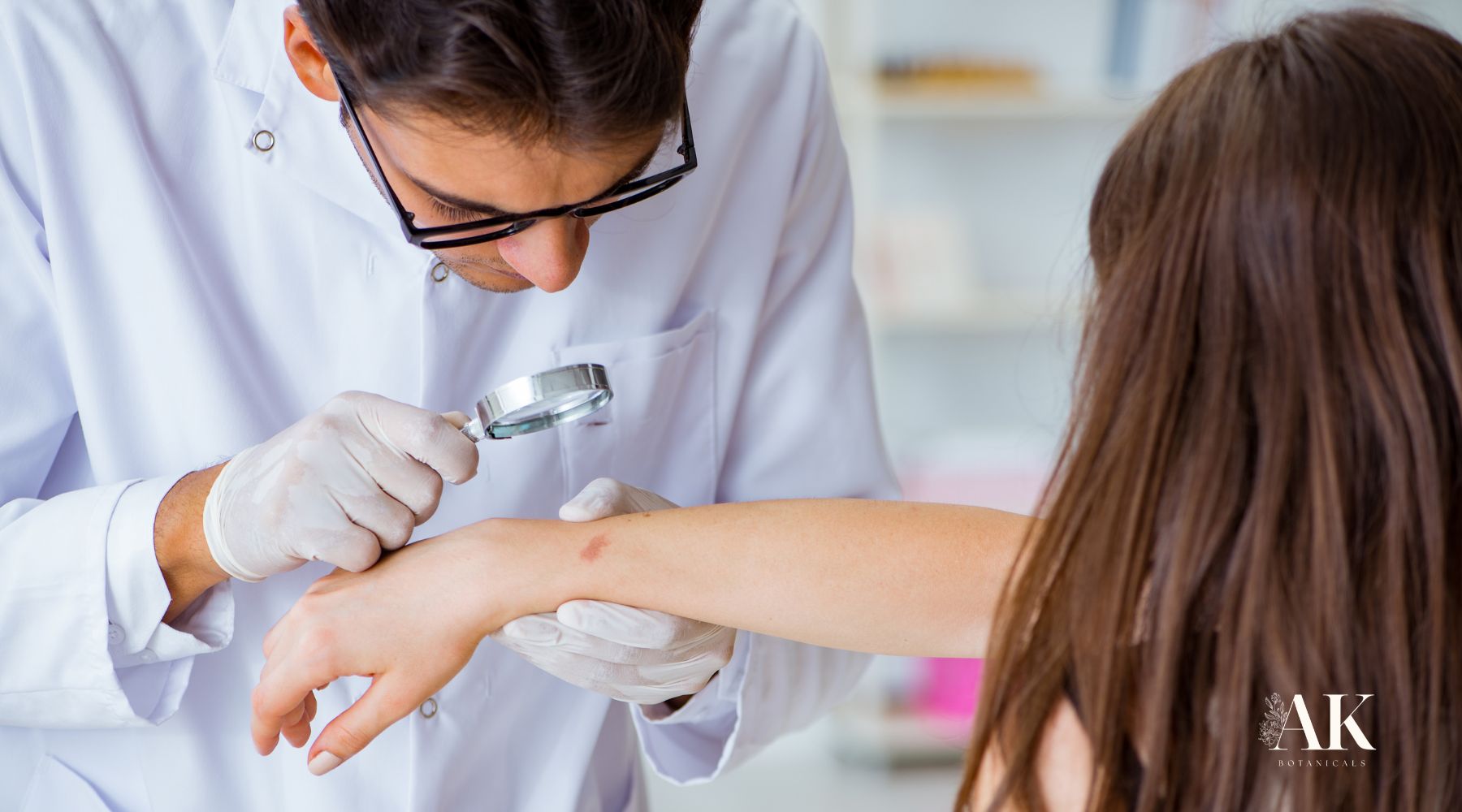
Actinic Keratosis vs. Seborrheic Keratosis: Understanding the Differences and How to Manage Them
When it comes to skin health, two common conditions that people often confuse are actinic keratosis (AK) and seborrheic keratosis (SK). While both conditions involve abnormal growths on the skin, they have distinct characteristics, causes, and treatment options. Understanding the differences between actinic keratosis and seborrheic keratosis can help recognize these growths early and seek the appropriate care.
Here are key differences between actinic keratosis and seborrheic keratosis, the risk factors associated with each, and the best ways to manage and treat these skin conditions.
What is Actinic Keratosis?
Actinic keratosis, also known as solar keratosis or senile keratosis, is a precancerous condition that occurs when UV (ultraviolet) radiation damages the skin cells, leading to abnormal growth. This condition is commonly found in areas that have been frequently exposed to the sun, such as the face, ears, neck, scalp, chest, backs of hands, forearms, or lips. Actinic keratosis is most prevalent among people with fair skin, especially those who have a history of sun exposure, and it typically appears in people over the age of 40.

Image: Wikipedia
Symptoms and Appearance of Actinic Keratosis
The most common symptom of actinic keratosis is the development of rough, dry, scaly patches on the skin. These patches may vary in color, ranging from pink to red, or they can appear as brown or gray. The size of the patches can vary from a few millimeters to larger areas of skin, and they often feel tender or itchy. Over time, these patches may become thicker or crusty, and in some cases, they can bleed or ulcerate.
While actinic keratosis is not yet cancerous, it is considered a precursor to squamous cell carcinoma, a type of skin cancer. If left untreated, actinic keratosis can progress into cancerous growth, so early detection and treatment are crucial.
Explore Actinic Keratosis signs here.
Risk Factors for Actinic Keratosis
Excessive Sun Exposure
Prolonged exposure to the sun's harmful UV rays is the primary cause of actinic keratosis. People who spend a lot of time outdoors, particularly in areas with high UV radiation, are at an increased risk.
Fair Skin
Individuals with fair skin that burns easily, light-colored eyes (blue or green), and blonde or red hair are more susceptible to actinic keratosis due to their lower levels of melanin, which provides some protection against UV damage.
Aging
As people age, their skin becomes more vulnerable to UV damage, increasing the risk of actinic keratosis. This condition is more common in individuals over 40.
Weakened Immune System
People with compromised immune systems, such as those undergoing chemotherapy or living with HIV, are at a higher risk for developing actinic keratosis.
Alternative Solutions for Actinic Keratosis: AKti-clear by AK Botanicals
AKti-clear by AK Botanicals, offers a more holistic approach to supporting skin health. Our gentle yet powerful solution leverages the healing properties of natural botanicals to promote healthy skin while addressing the root causes of actinic keratosis. By focusing on nourishing and restoring the skin, AKti-clear helps address actinic keratosis.
AKti-clear uses a blend of botanical ingredients known for their healing, and protective qualities. These ingredients work together to support the skin’s natural processes, offering an alternative for those seeking a more natural approach to managing actinic keratosis.
As always, it is important to consult with a healthcare provider to discuss any new treatment options and ensure the right choice for your skin type and condition.
What is Seborrheic Keratosis?
Seborrheic keratosis is a non-cancerous (benign) growth that develops on the skin due to the rapid multiplication of skin cells. Unlike actinic keratosis, seborrheic keratosis is not caused by sun exposure, although it tends to appear more frequently as people age. This condition is generally harmless, and while it may appear unsightly, it is not associated with an increased risk of skin cancer. Seborrheic keratosis can develop anywhere on the body but is most commonly seen on the back, chest, face, or shoulders.

Image: Wikipedia
Symptoms and Appearance of Seborrheic Keratosis
Seborrheic keratosis typically appears as round, flat, or raised growths with a smooth or slightly rough surface. The color of these growths can range from tan to black, and they often have a waxy or scaly texture. The lesions are usually painless, although they can become itchy, irritated, or inflamed in some cases. These growths can vary in size, with some being as small as a pinhead and others as large as a few centimeters.
Unlike actinic keratosis, seborrheic keratosis does not have the potential to turn into cancer. However, if a growth becomes irritated, infected, or begins to bleed, it should be evaluated by a healthcare professional.
Risk Factors for Seborrheic Keratosis
Aging
The likelihood of developing seborrheic keratosis increases with age, typically starting around the age of 40. Most people over the age of 60 have at least one seborrheic keratosis.
Genetics
A family history of seborrheic keratosis can increase the likelihood of developing the condition. Genetics play a significant role in the development of these benign growths.
Skin Type
People with fair skin may be more likely to develop seborrheic keratosis, though it can affect individuals with all skin types.
Treatment for Seborrheic Keratosis
In most cases, seborrheic keratosis does not require treatment unless it becomes bothersome. However, if the growths become irritated, painful, or aesthetically unappealing, there are several options available:
Cryotherapy
Like actinic keratosis, seborrheic keratosis can be treated with cryotherapy, where liquid nitrogen freezes the growth, causing it to fall off.
Laser Treatment
Lasers can be used to remove seborrheic keratosis growths, particularly if they are in sensitive areas or if there are multiple lesions.
Curettage
This procedure involves scraping the growth off the skin using a specialized tool, often after applying local anesthesia.
Electrosurgery
This treatment uses an electric current to burn off seborrheic keratosis growths.
Key Differences Between Actinic Keratosis and Seborrheic Keratosis
While actinic keratosis and seborrheic keratosis may seem similar due to their appearance as skin growths, there are several critical differences that can help distinguish between the two:
Cause
Actinic keratosis is caused by sun exposure and UV radiation, while seborrheic keratosis is a result of genetic factors and the natural aging process.
Risk
Actinic keratosis is considered a precancerous condition with the potential to develop into skin cancer, specifically squamous cell carcinoma. Seborrheic keratosis is benign and does not pose a cancer risk.
Appearance
Actinic keratosis often appears as rough, scaly patches, typically with a pink or red color. Seborrheic keratosis, on the other hand, has a waxy or crusty texture and can appear in a range of colors from tan to black.
Treatment
Both conditions can be treated with similar methods, such as cryotherapy or laser treatment. However, actinic keratosis may require more aggressive treatment, such as topical medications or photodynamic therapy, due to its precancerous nature.
Prevention and Monitoring
For Actinic Keratosis
Preventing actinic keratosis primarily involves protecting the skin from sun damage. Wearing sunscreen with a high SPF, avoiding prolonged sun exposure, wearing protective clothing, and seeking shade can significantly reduce the risk. Regular skin check ups with a dermatologist are essential for early detection of actinic keratosis and potential skin cancer.
For Seborrheic Keratosis
While seborrheic keratosis is not preventable, it can be monitored for any changes in size, color, or texture. Any growth that becomes painful, bleeds, or changes rapidly should be evaluated by a dermatologist.
Actinic keratosis and seborrheic keratosis are two distinct skin conditions that can appear similar but differ in their causes, risks, and management. Actinic keratosis, due to its potential to develop into skin cancer, requires close monitoring and early treatment, while seborrheic keratosis is typically benign and can be treated for cosmetic or comfort reasons.
If you notice any unusual growths on your skin, it's essential to consult a healthcare professional for a proper diagnosis and treatment plan. Whether you choose conventional methods or explore holistic alternatives like AKti-clear, early intervention can help ensure the best outcomes for both conditions and keep your skin healthy for years to come.




